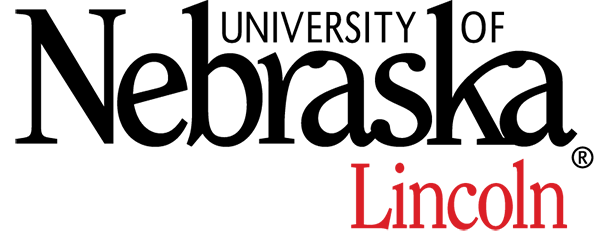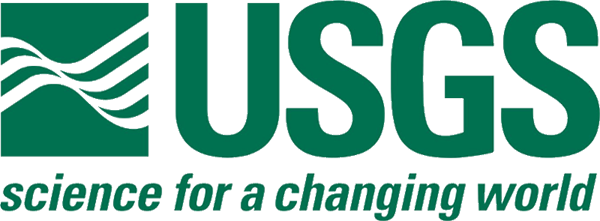Loss of grassland habitat to woody encroachment is widespread and ongoing in Nebraska’s Sandhills. Woody encroachment has been identified as the most severe threat affecting grassland-obligate breeding birds, as these species do not appear to use encroached areas. As grassland bird species are experiencing the sharpest declines of avifauna guilds, evaluations of tolerance levels to woody encroachment of grasslands will provide valuable information to guide conservation and restoration efforts.
Through our research we aim to
- Evaluate the response of grassland birds to eastern red cedar removal
- Evaluate changes in grassland bird communities and abundance among grassland patches at different stages of successional change
- Inform best management practices to provide guidance on eastern red cedar removal and management
- Develop a monitoring prototype to evaluate grassland bird response to woody cover management.
We are partnering with U.S. Fish and Wildlife Service, Rainwater Basin Joint Venture, Nebraska Game and Parks Commission, Natural Resources Conservation Service, and University of Nebraska-Lincoln.
Goals
1. Quantify the response of grassland birds to time-since-treatment, helping to evaluate the decade of conservation investments in the Sandhills;
2. Evaluate changes in grassland bird communities and species abundance due to the expansion of ERC;
3. Improve Best Management Practices (BMPs) to provide guidance on ERC removal and control activities to maximize benefits for grassland nesting birds; and
4. Provide a monitoring program that can be expanded to evaluate grassland bird response to woody cover management across other priority landscapes in the grassland biome.

Graduate Student(s)
- Rachel Rusten, PhD.
Principle Investigators
- Sarah Sonsthagen
- Andy Bishop (USFWS)
Project Duration
August 2023 - July 2028
Project Location
Sandhills, Nebraska




